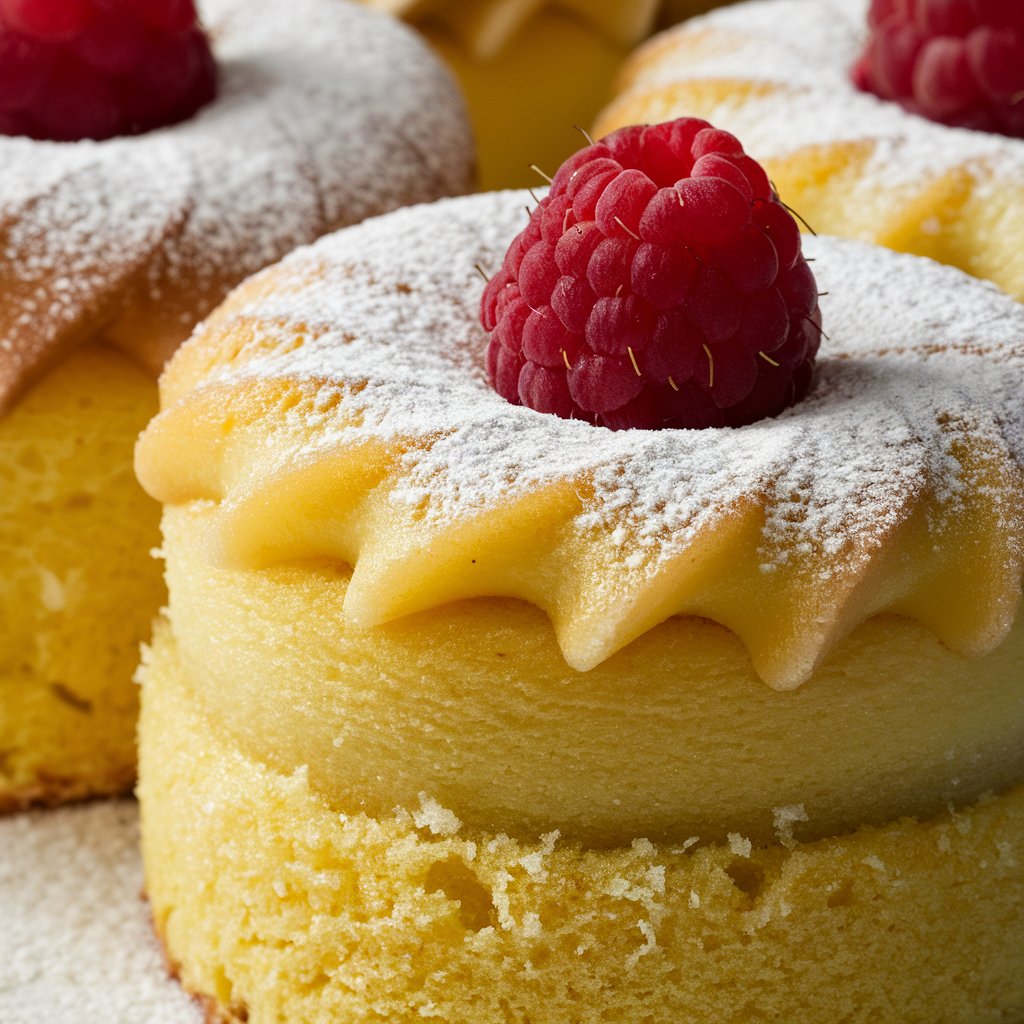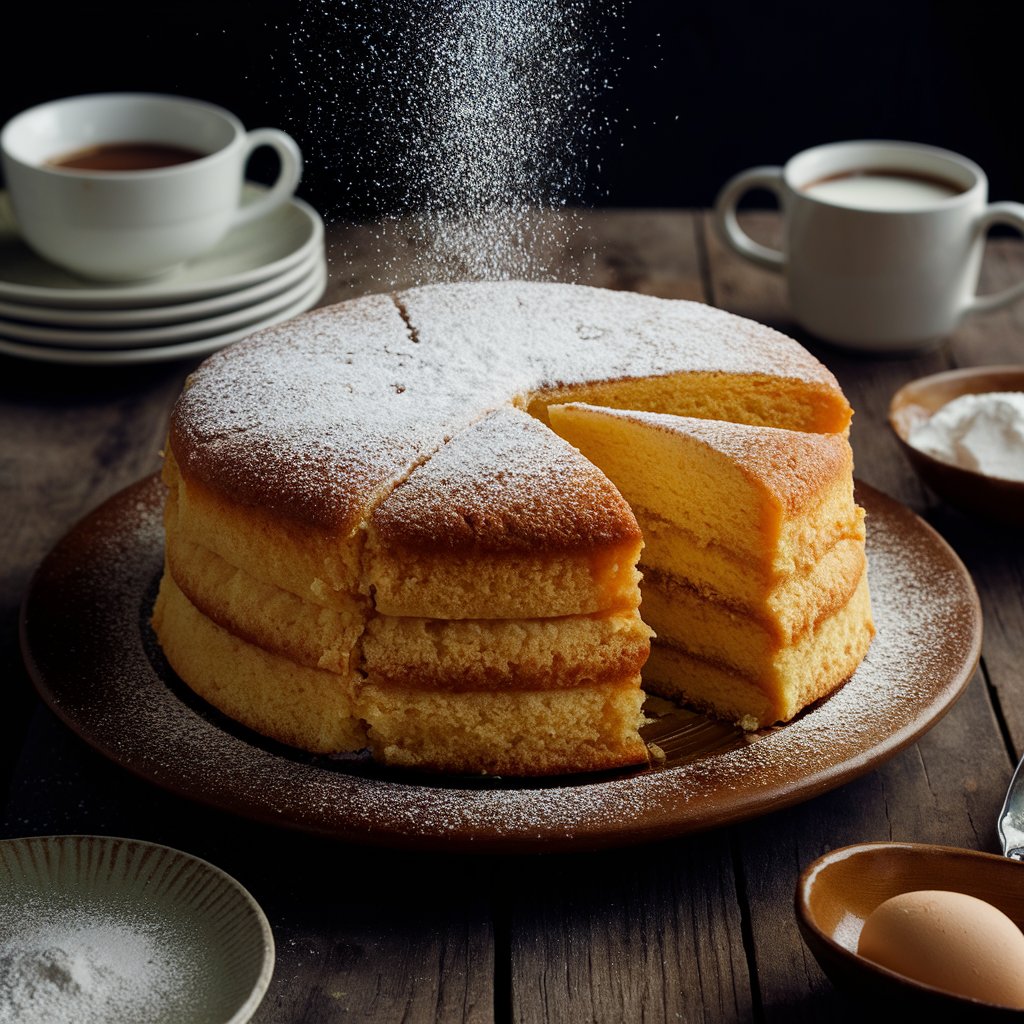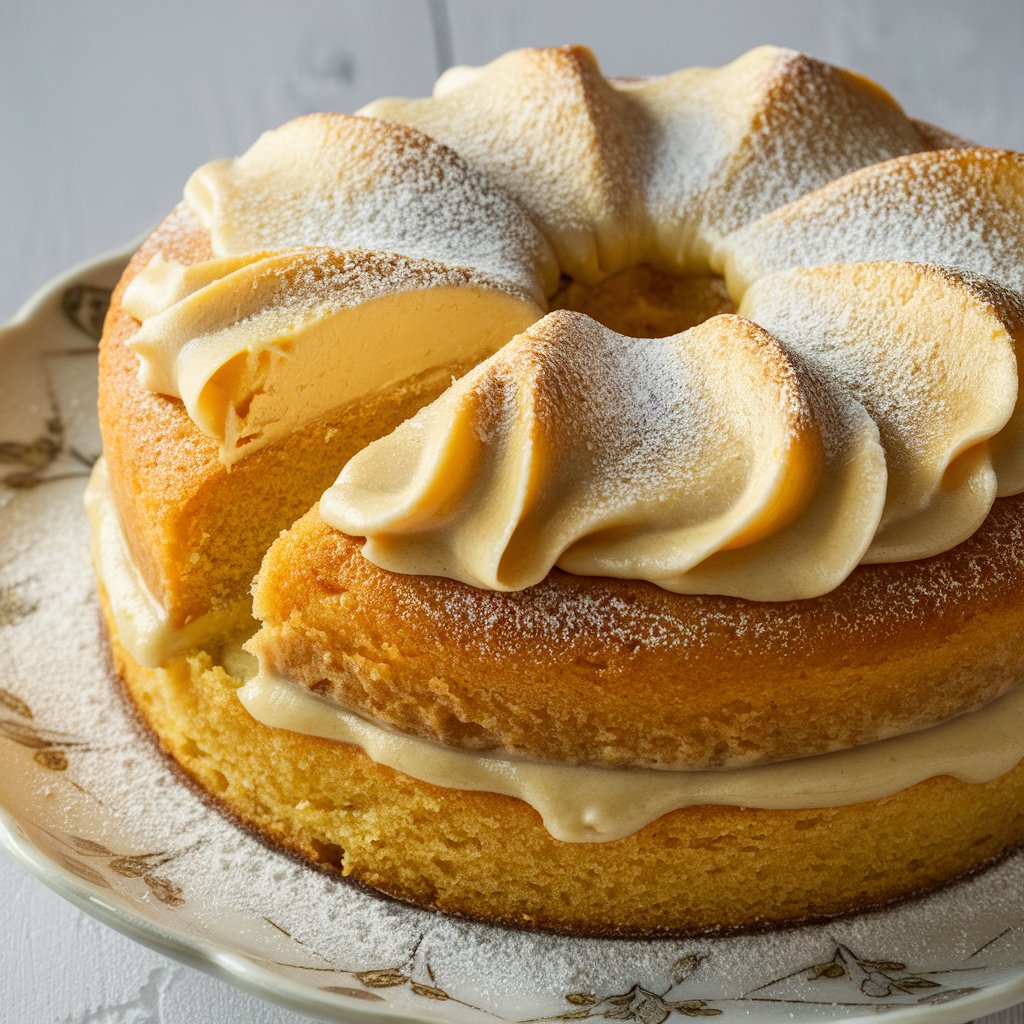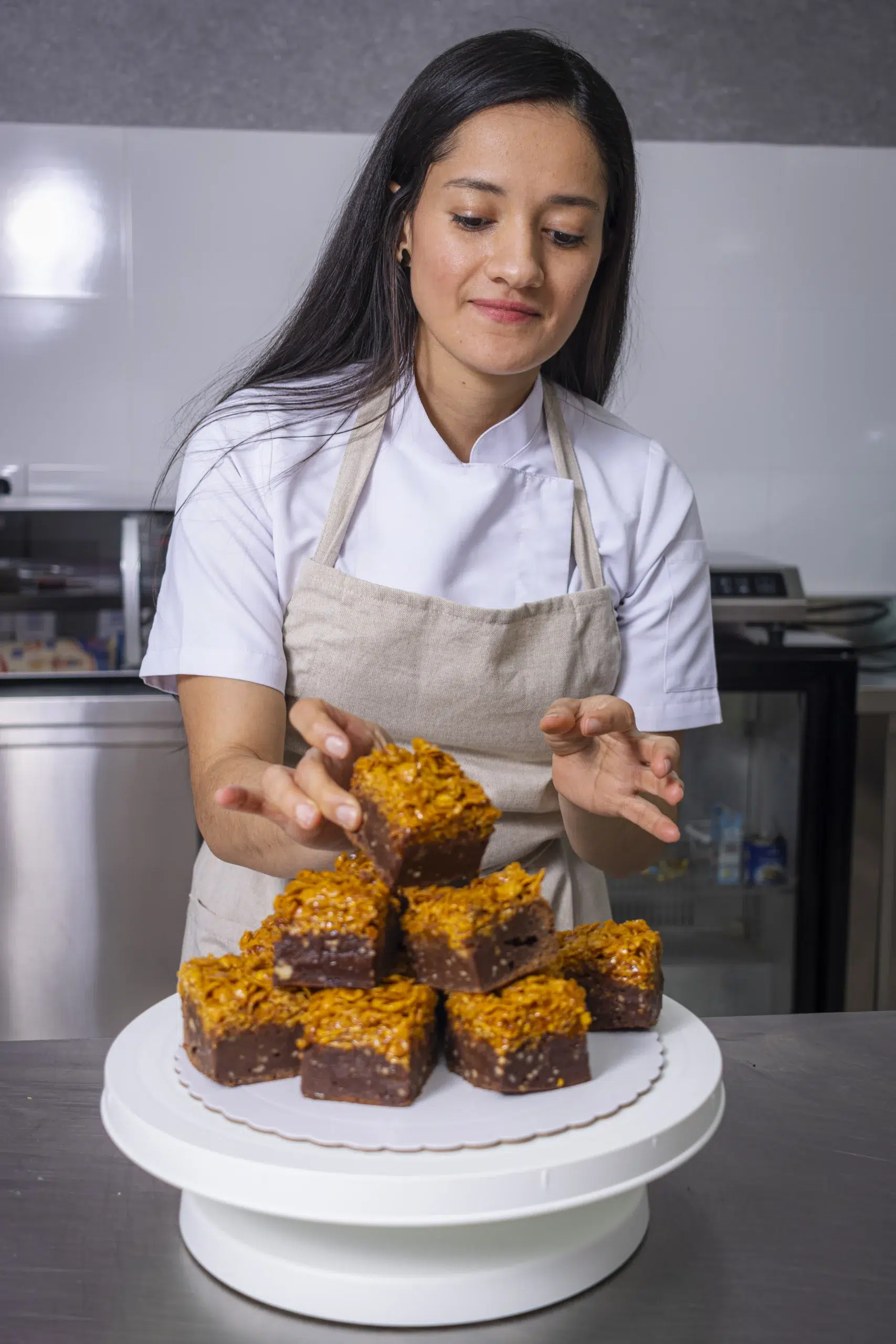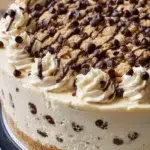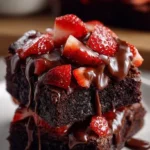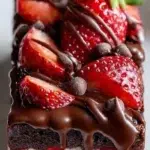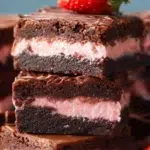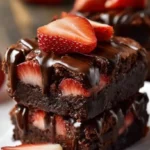Introduction to the Article on Butter Cake
In this comprehensive guide, we delve into the rich world of butter cake. We’ll explore its essential ingredients, variations, and the art of baking it perfectly. Whether you’re a novice or seasoned baker, this article provides valuable insights and tips. You will learn how to create a delicious, moist butter cake, covering everything from its historical origins to detailed baking steps.
Introduction to Butter Cake
What is Cake?
Butter cake is a celebrated staple in the dessert world, renowned for its rich flavor and tender crumb. Made mainly from butter, sugar, flour, and eggs, this treat highlights the natural richness of butter. The secret to its irresistible texture lies in using quality ingredients and the right baking method, making it a favorite for both everyday desserts and special occasions.
Historical Background
Butter cake originated in Europe, evolving from the traditional pound cake. Originally, this dense cake was made with equal pounds of butter, sugar, eggs, and flour. Over time, bakers refined the recipe by adjusting proportions and introducing new techniques. Now, butter cake serves as a versatile base for a variety of flavors and toppings. These range from simple powdered sugar dustings to elaborate layers of frosting and fruit.
Ingredients and Substitutes
Key Ingredients of Cake
Understanding the key ingredients in cake is essential for achieving the perfect bake. Here’s what you need to know about each primary component:
Butter
The star of the show, butter, profoundly influences both the flavor and structure of the cake. It adds richness and tenderizes the batter through its fat content. For the best results, most bakers prefer using unsalted butter to control the overall saltiness of the cake.
Flour
Flour provides the cake’s structure. While all-purpose flour is most commonly used, some recipes might call for cake flour for a finer, softer texture.
Sugar
Sugar does more than sweeten the cake; it also contributes to its light, delicate texture. It helps aerate the batter when creamed with butter, offering a fluffy consistency.
Common Substitutes and Variations
Adapting cake recipes to suit dietary preferences or pantry availability is straightforward with the right substitutes:
Dairy-Free Alternatives
For those avoiding dairy, replacing butter with plant-based butters and using almond or soy milk proves effective. These substitutes maintain the cake’s moistness while altering its flavor profile subtly.
Gluten-Free Options
To make a gluten-free cake, substitute all-purpose flour with a gluten-free blend. Look for blends that include xanthan gum, which helps mimic gluten’s binding properties.
These adjustments allow everyone to enjoy a slice of butter cake, regardless of dietary restrictions or preferences.
Preparation and Baking Techniques
Step-by-Step Baking Guide
Creating the perfect butter cake involves precise steps, from mixing to baking. Follow this guide to ensure your cake turns out wonderfully:
- Set the Oven Temperature: Begin by heating your oven to around 350°F (175°C). Achieving the right temperature is key for even baking.
- Prepare the Baking Pans: Lightly grease and line your pans with parchment paper. This ensures that your cake slides out effortlessly once baked.
- Cream the Butter and Sugar: Whip the butter and sugar until they’re pale and airy. This step is vital for creating a cake with a soft, light texture.
- Incorporate Eggs Gradually: Add the eggs one at a time, beating well after each addition. Make sure each egg is thoroughly mixed into the batter before introducing the next, to avoid any lumps and ensure a smooth consistency.
- Sift and add dry ingredients (flour, baking powder, salt) alternately with milk. Start and end with the dry ingredients to keep the mixture uniform and smooth.
- Pour the batter into the prepared pans and smooth the top with a spatula.
- Bake in the preheated oven until a toothpick inserted into the center comes out clean, about 25-30 minutes.
- Cool the cakes in the pan for about 10 minutes, then transfer to a wire rack to cool completely. This prevents the cutlet from getting soppy.
Common Baking miscalculations and How to Avoid Them
Overmixing the Batter
Overmixing can lead to a dense, tough cake because it develops the gluten in the flour. Mix just until the ingredients are combined.
Incorrect Oven Temperature
An oven that’s too hot or too cool can dramatically affect the cake’s texture and rise. Always use an oven thermometer to verify the temperature.
Following these steps and tips will help you master the art of butter cake baking, leading to perfect results every time.
Nutritional Information
Health Considerations
Butter cake, while delicious, is often rich in calories and fats due to its primary ingredients: butter, sugar, and flour. It’s important for those monitoring their dietary intake to consider these aspects:
- Caloric Content: A typical slice of butter cake can contain a significant amount of calories, primarily from fats and sugars. This makes moderation key when including it as part of a balanced diet.
- Fat Content: The high butter content contributes saturated fats, which should be consumed in limited quantities as part of a heart-healthy diet.
- Sugars: This dessert is also high in sugars, which can impact blood sugar levels, especially for those with diabetes or other sugar-sensitive conditions.
For those looking to enjoy butter cake with fewer health implications, consider these substitutions:
- Reducing Sugar: You can often reduce the sugar by one-quarter without significantly affecting the texture or flavor.
- Using Alternative Fats: Substituting a portion of the butter with unsweetened applesauce or Greek yogurt can lower the fat content while maintaining moisture.
These modifications help make butter cake a more inclusive dessert for various dietary needs, allowing more people to enjoy its delightful flavors without compromising health goals.
FAQs
Frequently Asked Questions
Here, we address some of the most common questions that arise regarding butter cake, shedding light on typical inquiries and providing helpful answers for both novice and experienced bakers.
- Can I make cake without eggs?
- Yes, you can substitute eggs in a butter cake recipe by using ingredients like applesauce, mashed bananas, or commercial egg replacers. These substitutes help maintain moisture and binding, although they may slightly alter the flavor and texture.
- What is the best way to store butter cake to keep it moist?
- To keep butter cake moist after baking, wrap it tightly in plastic wrap or store it in an airtight container. You can keep it at room temperature for a couple of days or refrigerate it to extend its freshness for up to a week.
- Can butter cake be frozen?
- Yes, adulation cutlet freezes well. Wrap the cutlet layers collectively in plastic serape and also in aluminum antipode. duly wrapped, they can be firmed for over to three months. flux in the refrigerator overnight before using.
- How can I ensure my cake is fluffy and not dense?
- To achieve a fluffy texture, ensure your butter and eggs are at room temperature before mixing. Also, cream the butter and sugar thoroughly until the mixture is light and airy. This step is crucial as it incorporates air into the batter, aiding in leavening during baking.
- Is there a difference between cake and pound cake?
- Yes, while both cakes begin with similar ingredients, butter cake typically uses a higher ratio of liquid to dry ingredients and often includes leavening agents like baking powder, which makes it lighter and fluffier than pound cake.
Addressing these FAQs not only enriches the understanding of making and maintaining the quality of butter cakes but also enhances the overall baking experience by clarifying common uncertainties.
Serving and Presentation Ideas
Enhancing Butter Cake with Creative Serving Suggestions
cake, with its rich flavor and tender texture, serves as a versatile base for a myriad of creative serving and presentation ideas. Here’s how you can elevate your next butter cake into a visually appealing and tasty dessert:
- Layering with Frostings and Fillings: Enhance your cake by adding layers of buttercream, chocolate ganache, or fruit preserves between the cake layers. This not only adds flavor but also makes the cake visually more enticing.
- Decorative Toppings: Sprinkle powdered sugar, edible flowers, or fruit slices on top of your cake to add a touch of elegance and freshness. These simple additions can transform a plain cake into a festive centerpiece.
- Serving with Sauces or Creams: Offer your butter cake with a side of freshly whipped cream, a drizzle of caramel sauce, or a scoop of vanilla ice cream to complement its rich flavor. These pairings are particularly appealing when serving warm cake.
Occasion-Based Themes
Tailor your butter cake decoration and presentation to fit special occasions:
- Birthdays: Adorn your cake with colorful icing and sprinkles to match the party theme.
- Holidays: Incorporate elements like piped holly designs or dustings of cinnamon for a festive touch during the holiday season.
- Weddings: Opt for a multi-tiered butter cake with delicate sugar flowers and soft icing tones for an elegant wedding dessert.
These creative ideas not only enhance the visual appeal of butter cake but also make it suitable for various events and celebrations, ensuring each slice is as delightful to look at as it is to eat.
Butter Cake Variations
Exploring Global Influences and Unique Twists
Butter cake, while simple in its traditional form, offers a canvas for a wide range of variations influenced by global cuisines and innovative baking trends. Here’s a look at some unique twists that can breathe new life into this classic dessert:
- Citrus-Infused Cake: Add grated lemon, lime, or orange zest to the batter to infuse a bright, citrusy flavor that complements the rich buttery base.
- Spice-Infused Butter Cake: Mix in spices like cinnamon, nutmeg, or cardamom for a warm, aromatic flavor. This version is especially comforting during the cooler months.
- Nutty Butter Cake: Incorporate chopped nuts such as walnuts, pecans, or almonds into the batter for added texture and a nutty flavor. Topping the cake with a nutty streusel can also add a delightful crunch.
- Marble Cake: Swirl chocolate or coffee-flavored batter into the basic butter cake mix to create a beautiful marble effect. This not only looks impressive but adds a delicious contrast in flavors.
To understand more about how butter cake stands out from other similar desserts, consider reading about the differences between butter cake and pound cake, which can provide deeper insight into the specific qualities that define each type.
Regional Variations
Butter cake recipes can vary significantly from one region to another, reflecting local tastes and ingredients:
- Southern Butter Pound Cake: Known for its dense and moist texture, this variation often includes buttermilk or cream cheese, enhancing its richness.
- European Style Butter Cake: Typically lighter, these cakes might include almond flour or liqueurs for added flavor complexity (avoiding direct mention of alcohol-related ingredients).
- Asian-Inspired Cake: Some Asian versions use coconut milk or pandan for a tropical flavor, offering a distinct twist on the classic recipe.
Exploring these variations not only broadens the culinary repertoire but also showcases the versatility of butter cake, making it adaptable to different tastes and occasions. By experimenting with these ideas, bakers can continue to delight and surprise their guests with new and exciting flavors.
This completes our extensive exploration of cake, from its basic ingredients and preparation techniques to creative serving ideas and global variations. We’ve covered everything you need to know to bake, serve, and enjoy this beloved dessert, whether you’re sticking to traditional recipes or venturing into new culinary territories with innovative twists.
Baking a perfect butter cake is an art that combines skill, quality ingredients, and a touch of creativity. With the insights and tips provided in this guide, you’re well-equipped to bake a butter cake that not only tastes delicious but also impresses with its presentation and variety. Enjoy the process of baking and sharing your Butter Cake creations, and remember, the best part is always the joy and satisfaction it brings to both the baker and those who get to savor every slice.


